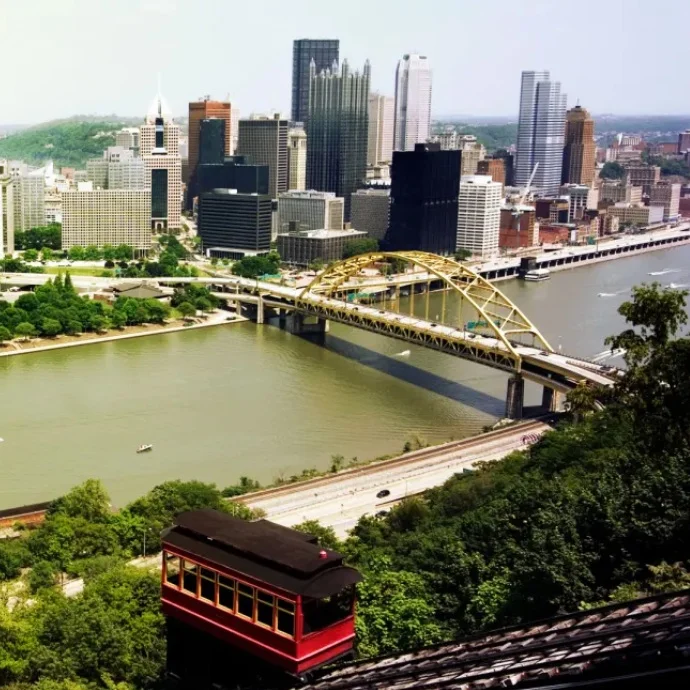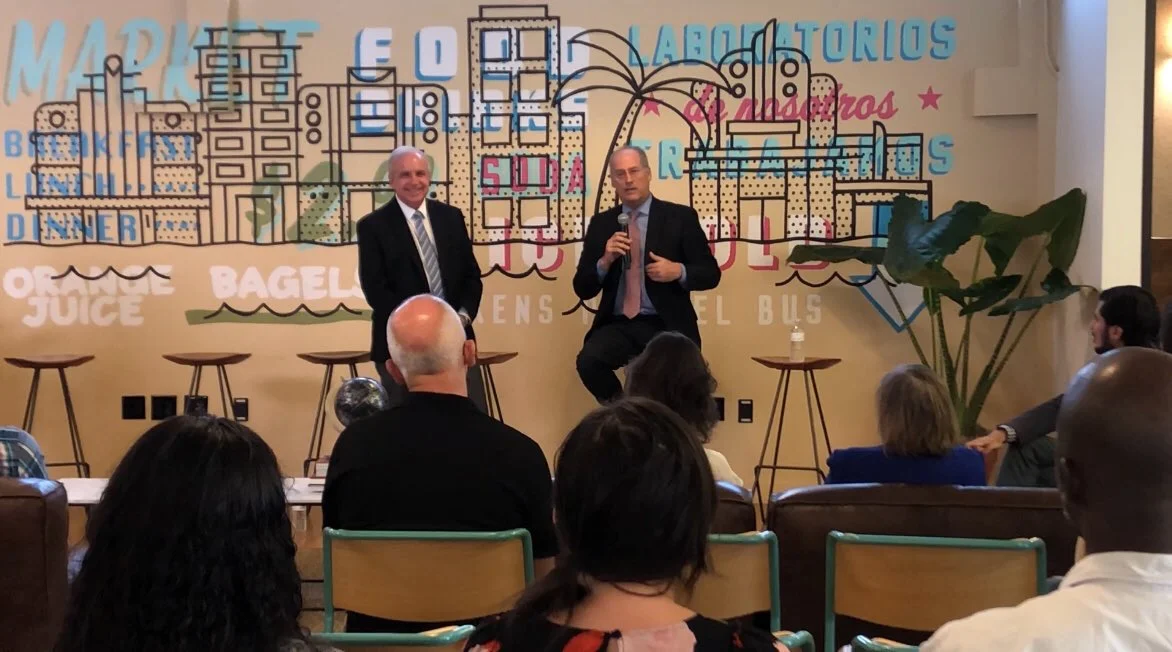The story of this Wisconsin community has much in common with many U.S. towns that are in an interesting time of transition. What sets this group apart is their willingness to embrace the unknowns of the digital future, overcome the fear of change and prepare for the unexpected. Here are three ways they are setting the bar for small cities on their way to becoming smart cities.
Read MoreMetropolis’s director of design innovation, Susan Szenasy, led a panel at the Gensler-designed 500 West 2nd Street tower in Austin examining how certain experiences (both physical and digital) now drive urban design.
Read MoreThe smart cities conversation is almost always dominated by large metropolitan areas. This makes sense since global trends show the world is becoming increasingly urban. But that narrative leaves out the growing importance of small and mid-sized U.S. cities. The U.S. census classifies areas as either urban (50,000+ people), urban clusters (between 2,500 and 50,000 people), or rural (everything else). According to the 2010 census, there are 497 urbanized areas and 3,104 urban clusters.
Read More



















